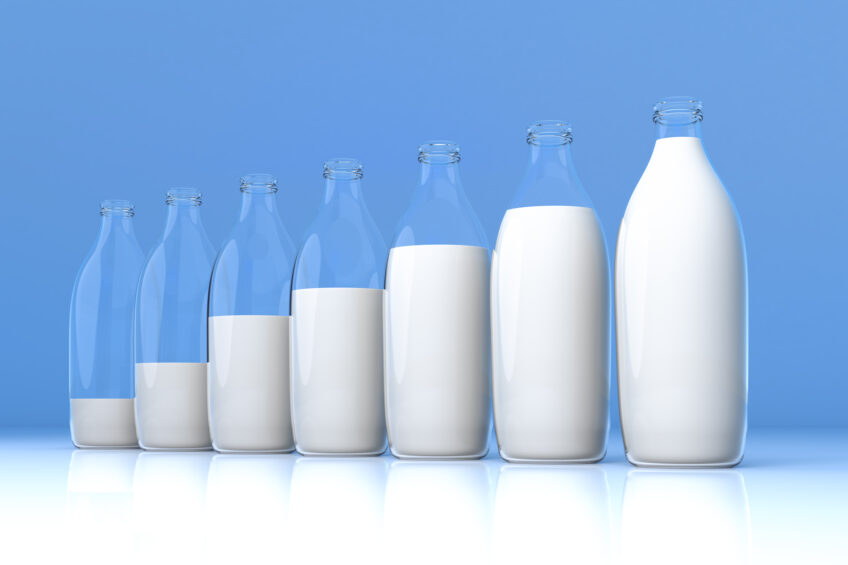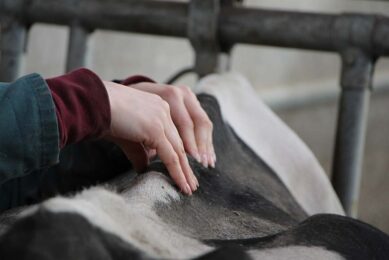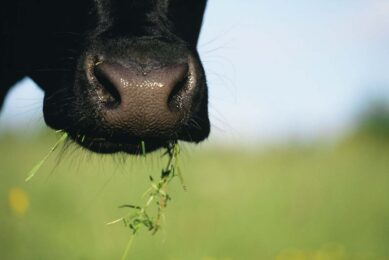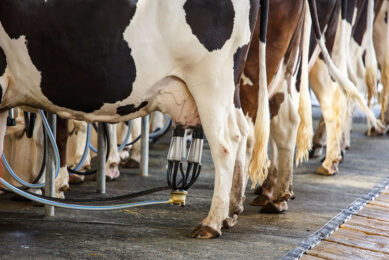IFCN report: Milk production costs to stabilise

The cost of milk production have been increasing over the last 15 years. However, it is expected that the costs of milk production will decline or stabilise in the next years. This is one of the conclusions from the annual IFCN Dairy Report, published by the Dairy Research Network IFCN.
The report mentions that in 2014 we had 121.5 million dairy farms and farming households on this planet, producing 778 million tonnes of ECM milk (cows and buffaloes with 4% fat and 3.3% proteins). The average dairy farm size has 2.9 milk animals with an average milk yield of 2145 kg milk ECM / milk / animal.
Increase in milk production costs
Based on the IFCN cost comparison, 170 typical farms in 55 countries were analysed. The increase of cost of milk production in all countries during the last 15 years is visible. Cost of milk production ranged from US$4.5 per 100 kg milk in extensive farming systems in Cameroon to US$118 for an average sized farm type in Switzerland. The simple average cost over all countries analysed was US$46 /100 kg milk. As the IFCN has analysed typical dairy farms since the year 2000, a time series analysis was possible.
Extreme case in China
The results show that costs in a specific country can increase significantly within 3-6 years. This is especially the case for countries like Poland, China, and New Zealand where the value of the currency has significantly strengthened against the US$ and farm input price like land, feed, and labour costs have increased significantly. Costs in EU and US reach a level of US$40 to US$50. An extreme case was observed in China where dairy farming highly depends on purchased feed. In addition, China had the strongest increase in salaries and an appreciation of the currency of 24%. The combined effect of these factors drove the costs in China from a level of US$40 / 100 kg milk in 2008 to a level of US$60 /100 kg in 2014.
Margin over compound feed costs
Via standardised world milk and feed prices, IFCN tracks the overall farm economic situation for dairy farming. The IFCN developed an indicator ‘margin over compound feed costs’ which is a significant improvement compared to the often used milk:feed price ratio. By using this margin, it becomes visible how much of a threat dairy farmers face in a situation when milk prices fall and feed prices increase to such an extent that 100 kg feed are more expensive than 100 kg ECM. This situation occurred three times within the last eight years, in 2009, in 2012 and most recently in the beginning of 2015.
2015 perspectives of production costs
The cost analysis results in the report are based on 2014 data, but changes to be expected for 2015 will be mainly driven by two factors: a) changes in exchange rate and b) lower milk price, which drives changes in dairy farming systems. First estimations by IFCN for costs in 2015 show stable costs for USA and significant costs reduction of US$5-9 in the EU, NZ, BR, PL.
More information about the company and the IFCN Dairy Report can be found under www.ifcndairy.org.
Join 13,000+ subscribers
Subscribe to our newsletter to stay updated about all the need-to-know content in the dairy sector, two times a week.










